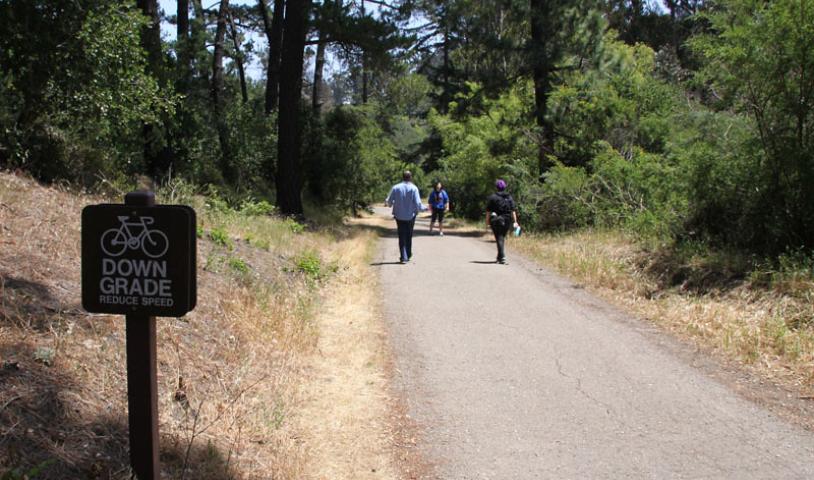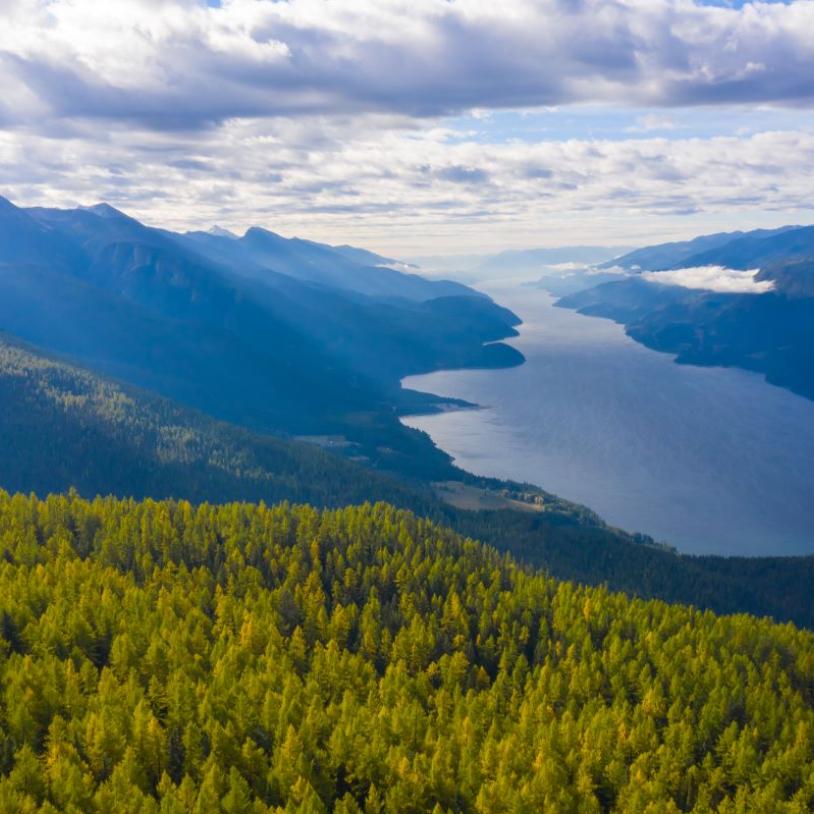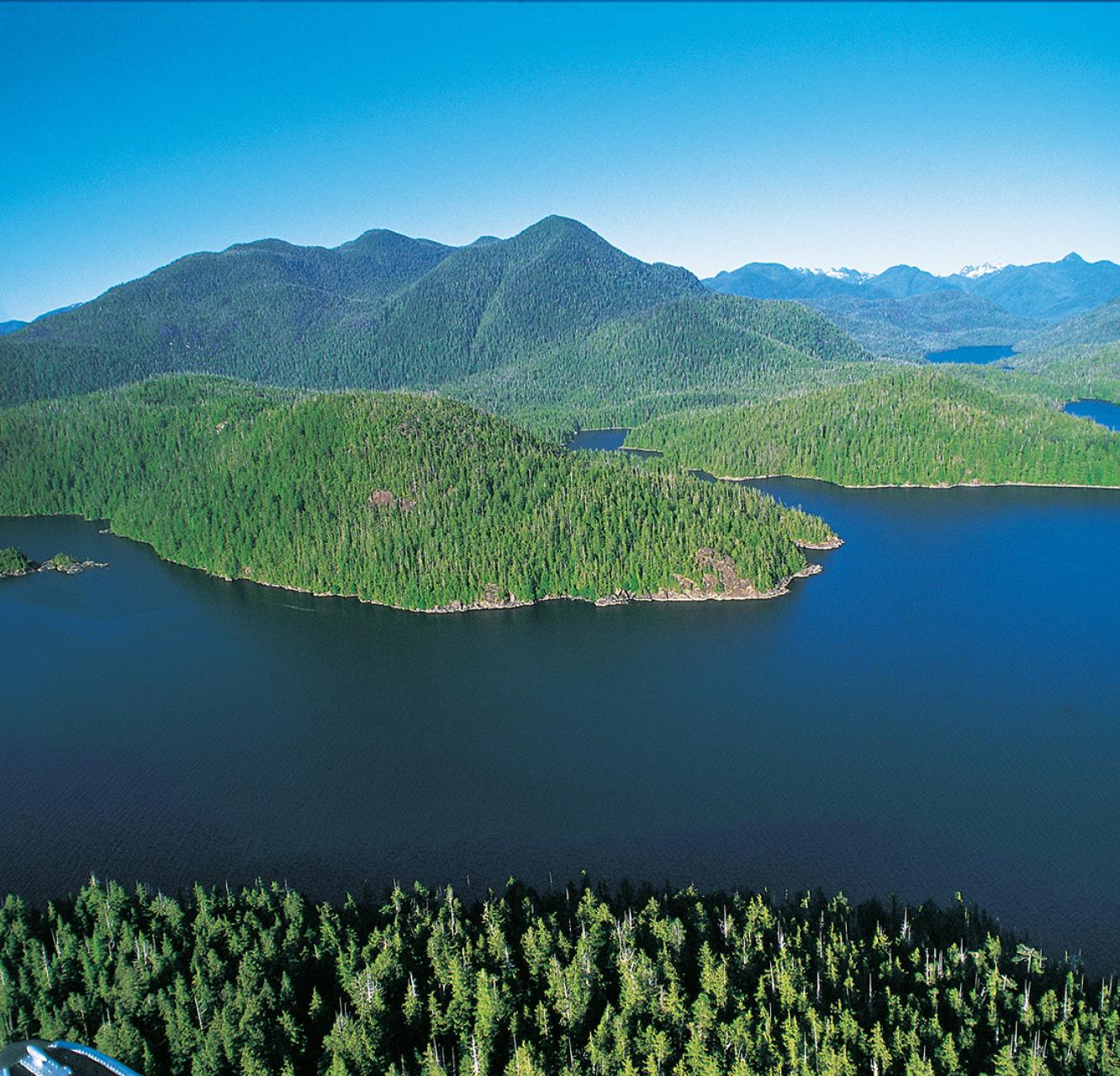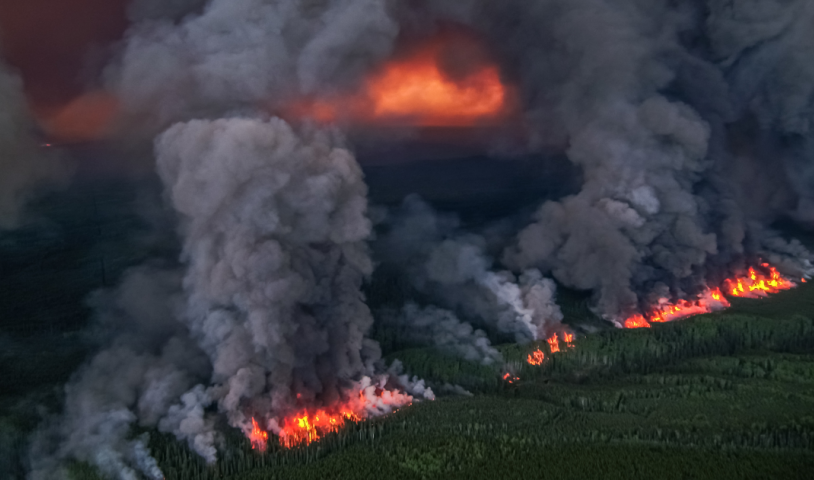Island Voices: Don’t unravel the region’s hard‑fought green legacy
Monday, August 12, 2019
"IMG_0686" photo by number657 is licensed under CC BY-NC 2.0
In the early 1990s, Ray Zimmerman strolled into the Wilderness Committee office loaded with maps, photos and intention. He had an idea, a big idea and a good idea, which he presented relentlessly like a kind of green Columbo.
The idea was a corridor of protected wild forests and marine areas stretching from Saanich Inlet, through the Sooke Hills to the Sooke Basin. Zimmerman called it the Sea to Sea Greenbelt and it caught on.
This bold initiative now protects more than 100 square kilometres on the capital region’s western horizon. A conservation vision large enough to provide viable longterm habitat for our region’s native plants and animals, to protect the capital region’s stunning green backdrop and provide outstanding access to the natural world right on our doorstep, to provide a defined boundary to manage and contain urban sprawl, and to buffer and protect our drinking-water supply.
A broad coalition of organizations including Tourism Victoria, the Provincial Capital Commission, outdoor and environmental groups, community and ratepayers’ associations, students, municipal councils and MLAs from throughout the region supported the greenbelt vision.
The initiative was launched with a campaign to protect the water district’s non-catchment forest lands in the Sooke Hills, a critical link in the Sea to Sea vision.
In 1997, this culminated in the establishment of the Perry Commission and in overwhelming public support for the creation of Sooke Hills Wilderness Regional Park.
In our submission to this commission, the Wilderness Committee included a biological inventory of the area’s species and ecological values, contributed to by Richard Hebda, a specialist on the botany of climate change. He stated: “The woodlands are remnant old-growth stands containing trees perhaps several centuries old. They represent ecosystems highly prized for preservation” and “perform the vital function of continuity between two major vegetation types not only critical to biodiversity but essential to providing zones for migration during times of change such as future global warming.”
In a 1997 statement, the B.C. government announced creation of Sooke Hills Wilderness Regional Park, saying: “This legislation will more than double the amount of parkland in the capital region” and “provide a protective buffer that will ensure a continued supply of pure water.”
Former NDP MLA Andrew Petter, who championed protection of the Sooke Hills at the provincial level, stated that: “It is fitting that the province is taking this historic step toward ensuring a sustainable future during the celebration of Earth Week.”
Now the province is considering opening an alternative highway through Sooke Hills Wilderness Regional Park.
It’s hard to imagine that this NDP government would unravel its own green legacy or that the B.C. Greens would stand by or, worse, endorse a transportation option so very brown. This is exactly contrary to what UN scientists are asking us to do: “Increase protected areas for biodiversity and reduce greenhouse gas emissions.”
We need leadership to uphold the public trust, through honouring the decisions made with good reason to protect our Sea to Sea Greenbelt.
There are solutions to the congestion and the bad driving on the Malahat highway that don’t involve punching an emergency route through the heart of this precious protected area. Point-to-point cameras to control speeders, improved commuter bus service and exploring rail are all options that honour the intent of the Capital Regional District climate-change-emergency declaration and the delegations young and old who have supported it with such hope.
We need leaders who will fix transportation problems with solutions that don’t include building more roadways and highways for single-occupancy vehicles — roads that will destroy the integrity of our greenbelt and introduce the threats of fire and real-estate development that come with them.
Our municipalities and the City of Victoria are showing this leadership with the clean, green transportation initiatives being discussed and implemented, and they give me hope.
Alison Spriggs worked for 16 years for the Wilderness Committee and The Land Conservancy raising public and political support for creation of the parklands within the Sea to Sea Greenbelt.





